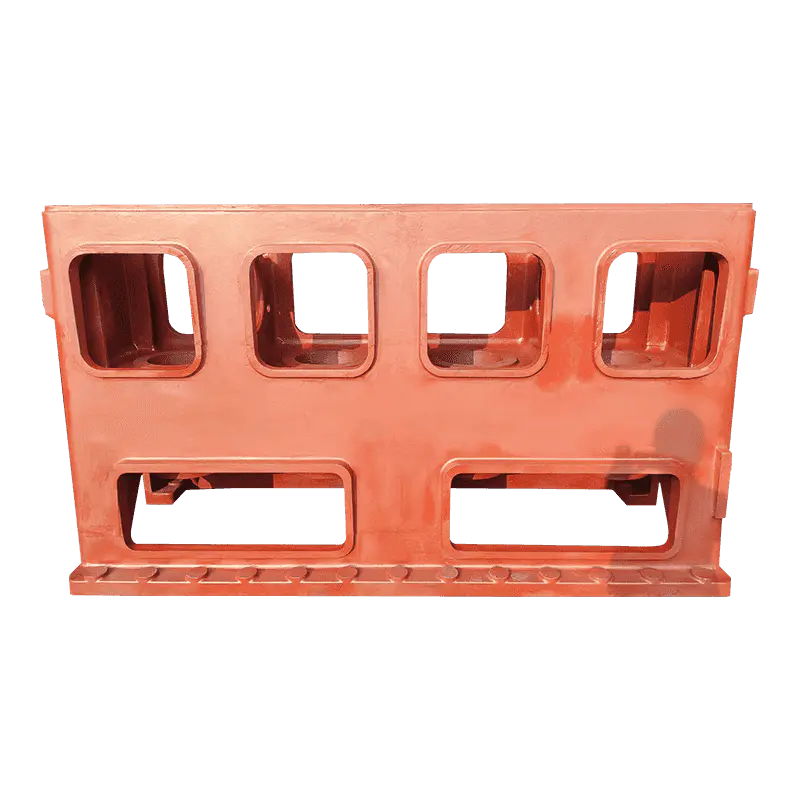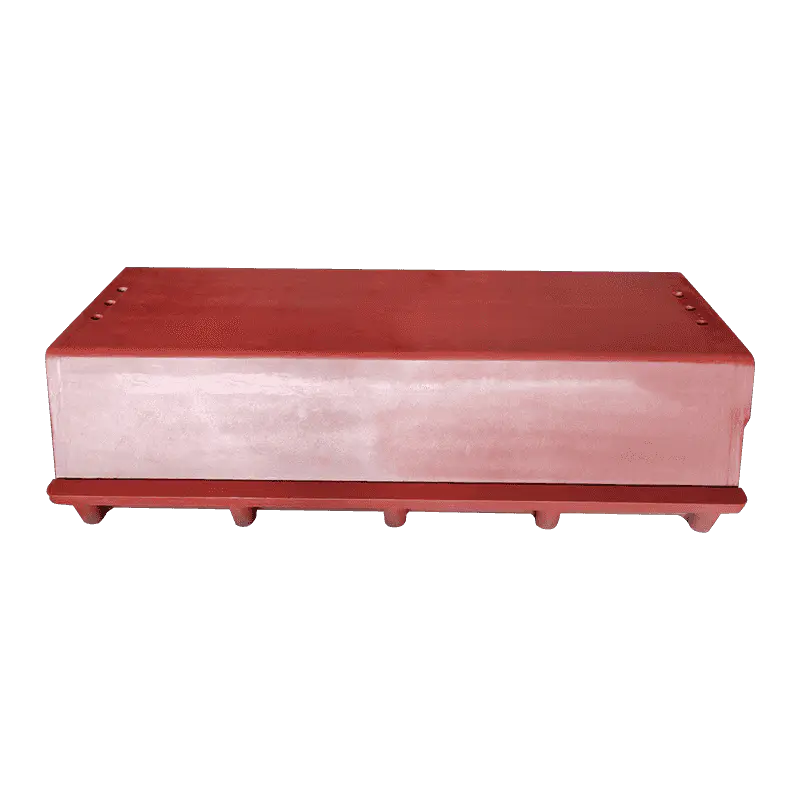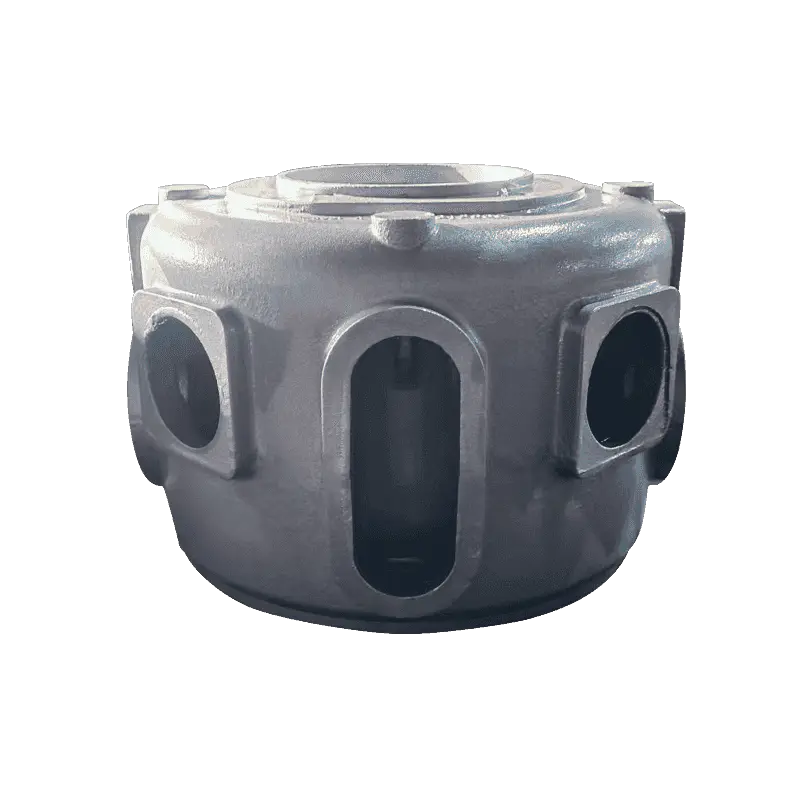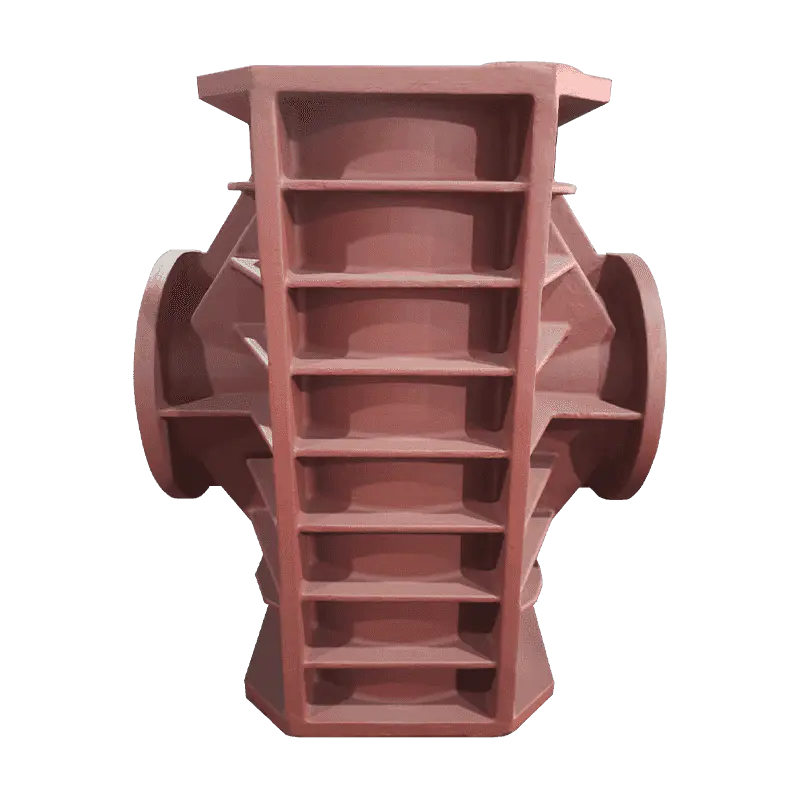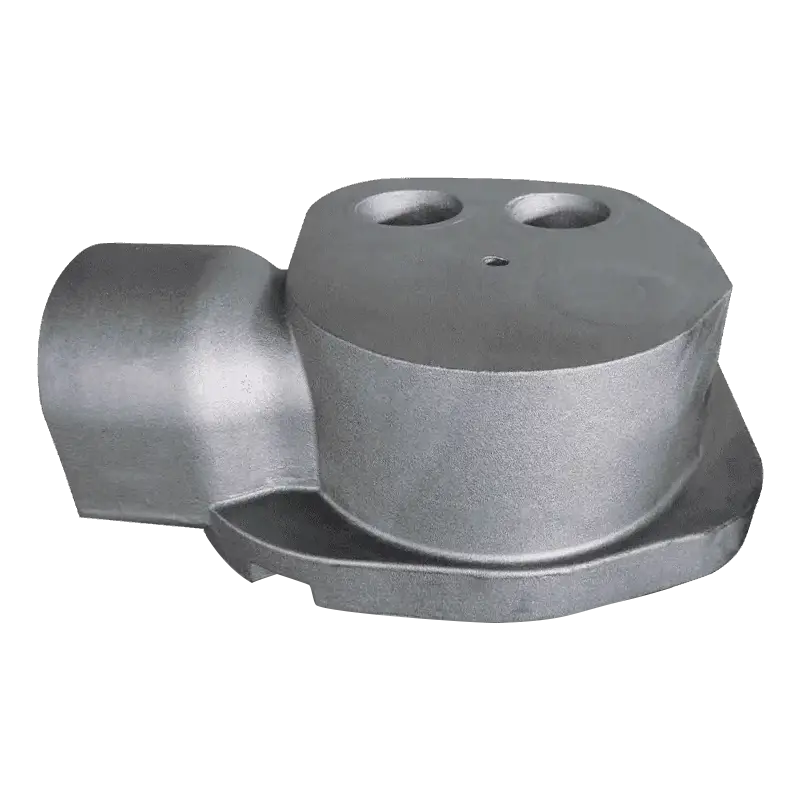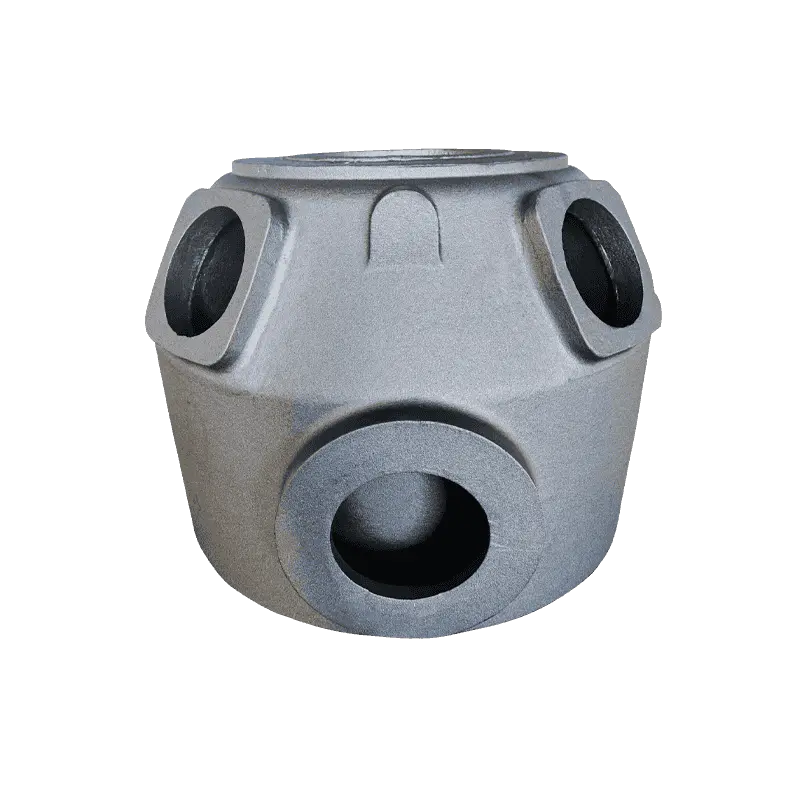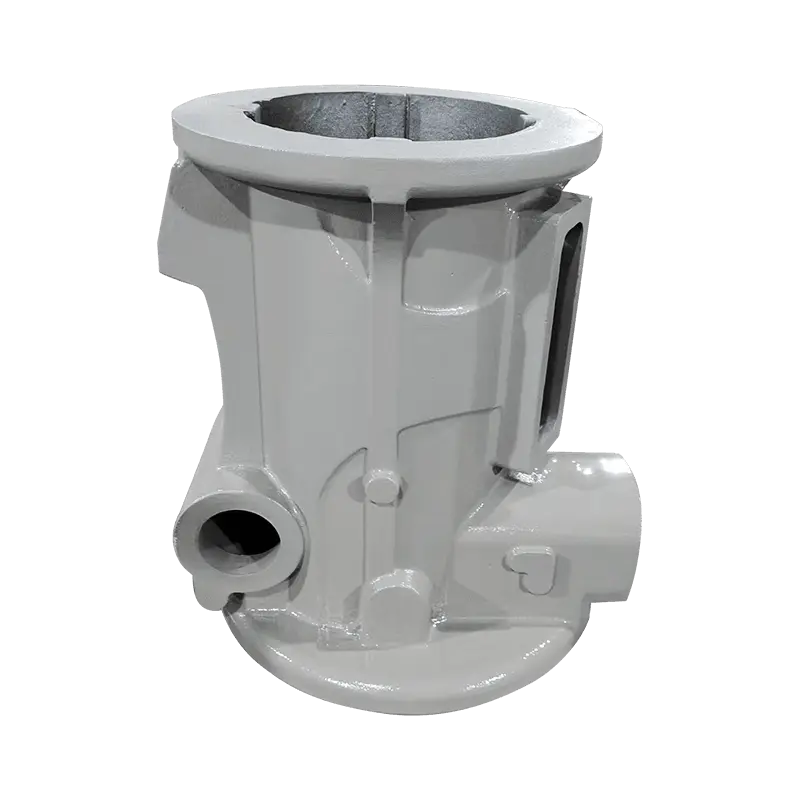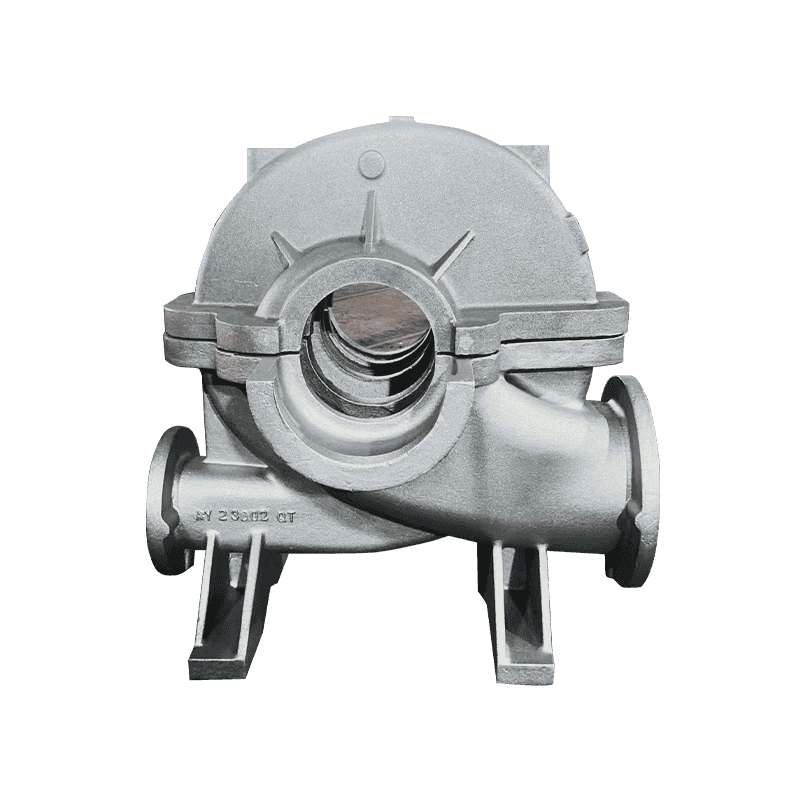Refining Microstructure
Heat treatment plays pivotal role in refining the microstructure of Ductile Iron Parts, which directly impacts their mechanical performance. Ductile iron is characterized by spheroidal graphite nodules embedded in a metallic matrix. The type and distribution of the matrix—ferrite, pearlite, or bainite—largely determine the tensile strength, hardness, and ductility. During heat treatment processes such as austenitization followed by quenching and tempering, the iron matrix transforms to produce a more uniform and controlled microstructure. Quenching converts ferritic or pearlitic regions into martensite, increasing hardness, while tempering reduces brittleness. This careful manipulation of microstructure allows the material to achieve a precise balance between strength and ductility, which is essential for components exposed to heavy loads or cyclic stresses. Controlled heat treatment can eliminate casting defects or irregularities in the matrix, ensuring consistent mechanical behavior throughout the part.
Increasing Tensile Strength and Hardness
Through heat treatment, Ductile Iron Parts can achieve significantly higher tensile strength, yield strength, and hardness, which are critical for components subjected to high mechanical stress. Quenching, for instance, rapidly cools the material from the austenitizing temperature to form martensite, a hard and strong microstructure. This is often followed by tempering, which adjusts the hardness and mitigates brittleness, resulting in a combination of high surface hardness and core toughness. These enhancements make Ductile Iron Parts suitable for demanding applications such as gear components, automotive suspension parts, industrial machinery shafts, and heavy-duty valves, where mechanical integrity under repeated stress is essential. The controlled increase in hardness also improves abrasion and wear resistance, extending the service life of the parts in demanding operational conditions.
Enhancing Ductility and Toughness
While hardness and strength are critical, excessive hardness without sufficient ductility can lead to brittle failure. Heat treatment techniques such as normalizing or annealing can increase ductility and toughness by promoting uniform grain growth and relieving microstructural stresses. Normalization involves heating the Ductile Iron Parts above the critical temperature and cooling in air, which refines the grain size and produces a more uniform matrix. Annealing, performed at lower temperatures for extended periods, reduces internal stresses and softens overly hard regions. These processes are especially important for impact-prone or cyclic-loading applications, such as pump housings, structural supports, and heavy machinery components, ensuring the parts can absorb shocks and resist fracture without compromising strength.
Reducing Residual Stresses
Casting and machining of Ductile Iron Parts inherently produce residual stresses, which can cause distortion, cracking, or premature failure during service. Heat treatment processes such as stress-relief annealing gradually reduce these internal stresses by allowing the microstructure to equilibrate and reorient at the atomic level. Reducing residual stress is critical for maintaining dimensional accuracy, particularly for precision-engineered components like pump housings, engine blocks, and valve bodies. It also enhances fatigue resistance, ensuring that parts can withstand cyclic or dynamic loads without developing stress-induced cracks. This process improves the overall reliability and operational lifespan of Ductile Iron Parts in high-performance industrial and automotive applications.
Improving Wear and Abrasion Resistance
Heat treatment techniques such as induction hardening, surface carburization, and surface tempering can selectively harden the surface layer of Ductile Iron Parts while maintaining a tough core. This dual characteristic, often called a hard exterior with a ductile interior, is ideal for parts exposed to friction, abrasion, or high-contact wear, including valve stems, gear teeth, pump impellers, and heavy-duty couplings. Surface hardening increases wear resistance, reduces deformation under high load, and extends operational life. By tailoring the depth and hardness of the treated surface, engineers can achieve optimal performance for specific applications without compromising the material’s overall toughness.




